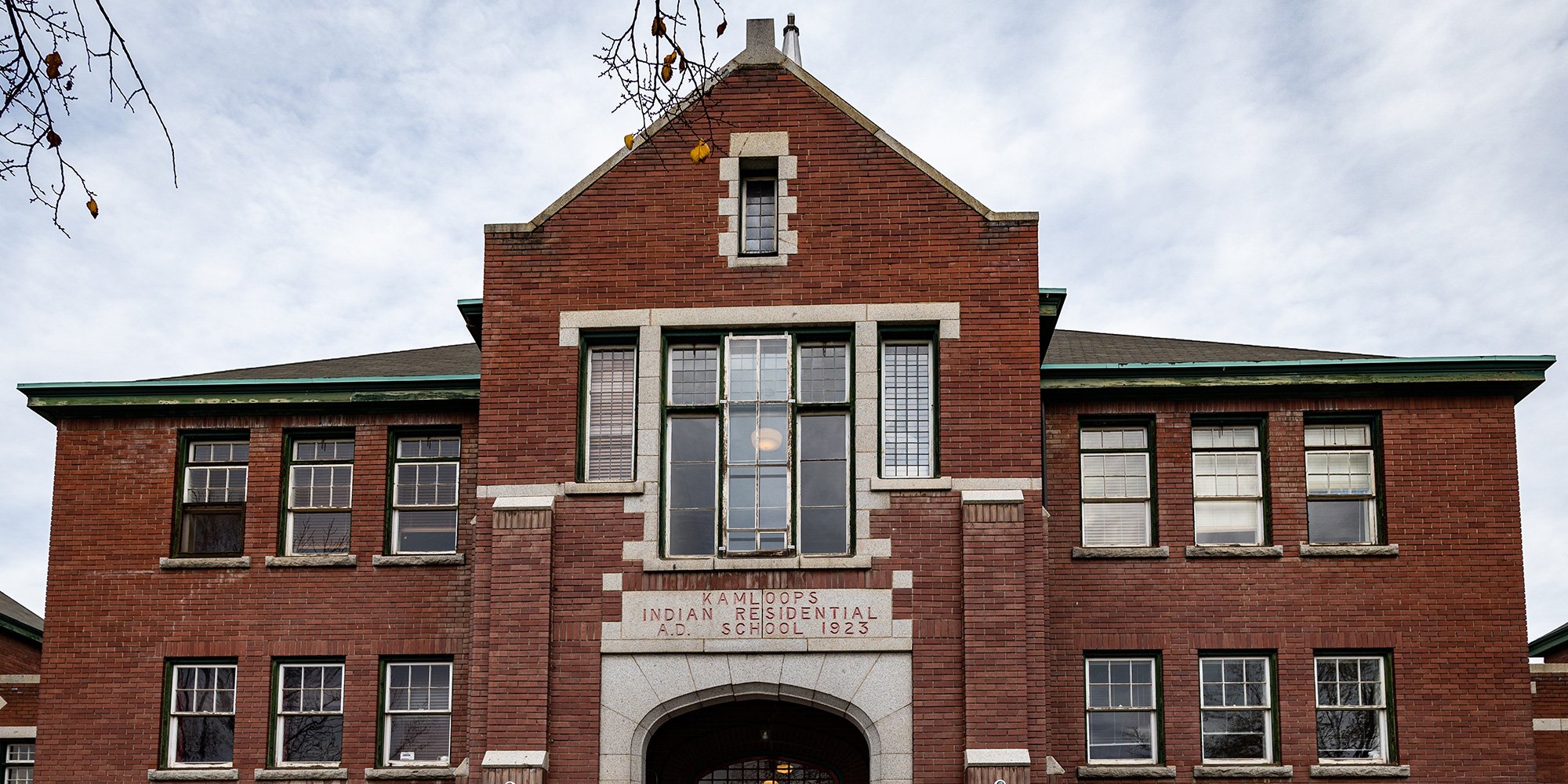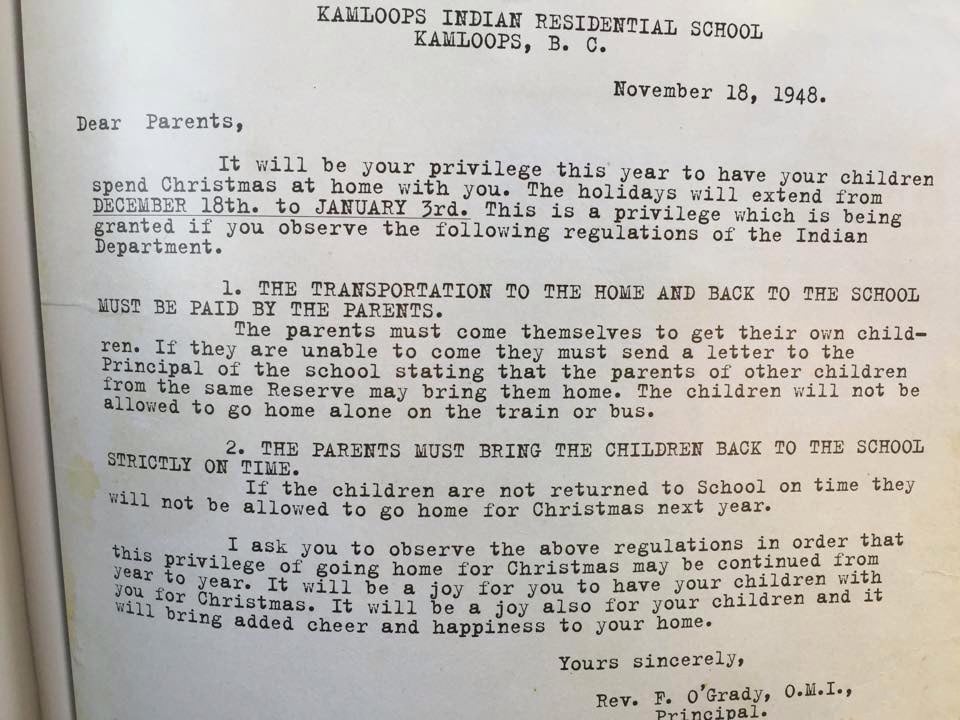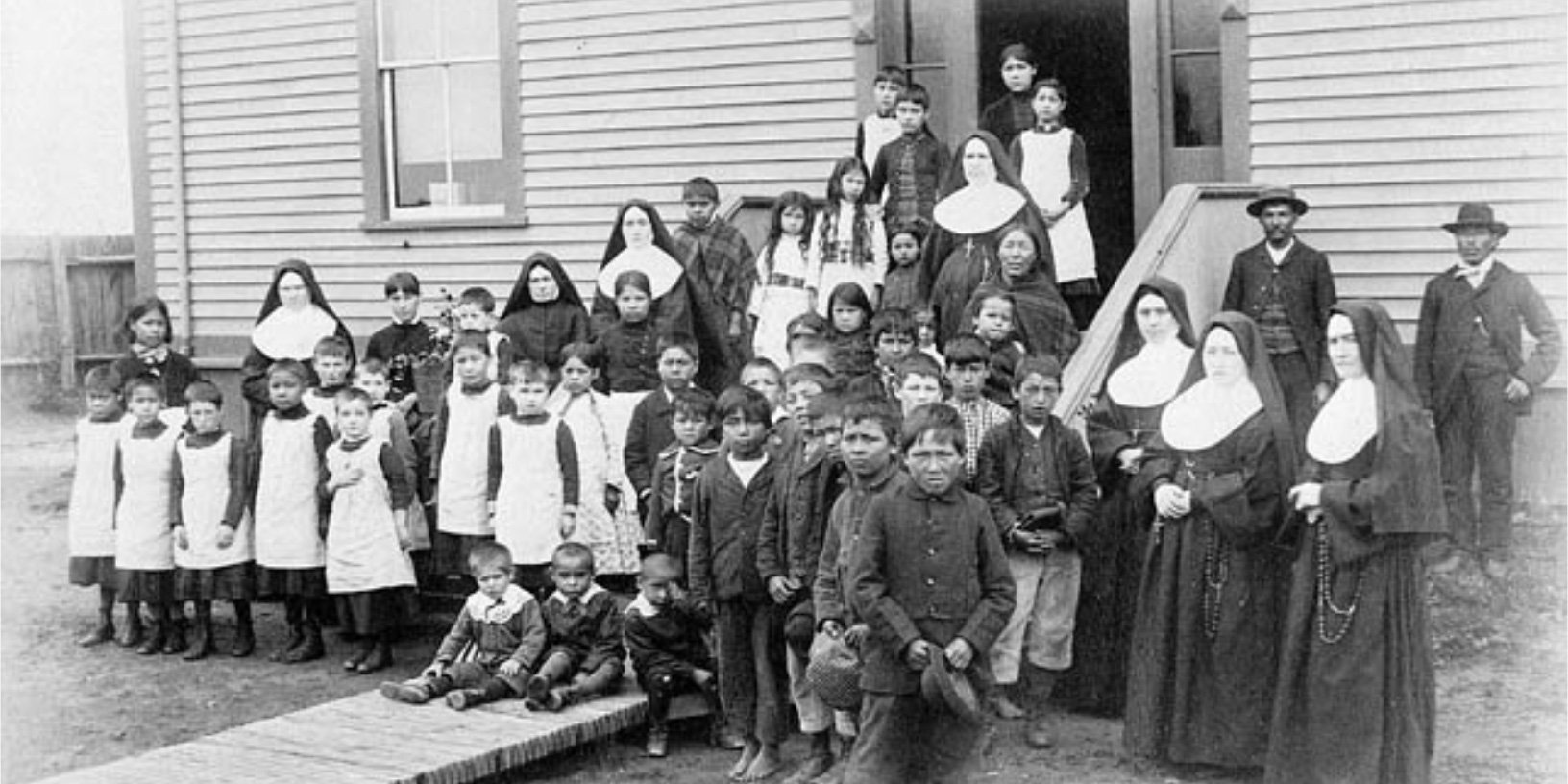Back to School, Then and Now
This article includes a video of a conversation I had with my father Chief Robert Joseph, O.C., O.B.C., about his first day at residential school and...

There has been some discussion in the media recently about those who attended residential school having post-traumatic stress disorder, sometimes referred to as the residential school syndrome. The term was discussed in length in THE CIRCLE GAME: Shadows and Substance in the Indian Residential School Experience in Canada A Report to the Royal Commission on Aboriginal Peoples [1]
While the symptoms are similar to post-traumatic stress disorder, the cause is very different.

Between the 1870s and 1996, approximately 150,000 children attended 139 residential schools. The schools were federally administered but managed by Anglican, Catholic, Presbyterian and United churches. The intent of the schools was to assimilate, integrate, and educate Aboriginal children into the colonizer society. Children as young as four were forcibly removed from their families and communities, were forbidden to speak their language, dress in their own clothes, or practice their culture, and were punished if they did so. The children were forced to do manual labour, were poorly fed and in some situations, food was withheld for malnutrition experiments. Parents who tried to shield and hide their children were punished and sometimes imprisoned. Children were allowed to return home for holidays but always with a warning of what would befall the parents if the children were not returned.
NOTE: While this 2014 article states that the last residential school in Canada to close was in 1996, in 2019, former students of Kivalliq Hall in Rankin Inlet in what is now known as Nunavut won a court battle to have Kivalliq Hall included as an IRSSA-Recognized School. Kivalliq Hall's closing in 1997 is an important detail to note when recounting and learning about Indigenous history.
Despite being in “school” many children received a substandard education. They were supposed to be instructed in math, science and English but frequently were out of the classroom for chores or punishment; also, according to a Department of Indian Affairs (now Indigenous Affairs and Northern Development), over 40% of the teaching staff did not have professional training as teachers.
When those children, after years of being forced to behave, speak and think like European Canadians, did return to their family and community as young adults they frequently did not fit in. Their connection with their culture was either damaged or lost altogether, same with their language, their connection with the land, with oral traditions. Because they had not experienced parental love or nurturing, they in turn did not know how to love or nurture their own children. Because they had suffered abuse and trauma many learned to abuse others in order to survive.
When approximately 150,000 children experience trauma, physical and emotional abuse, shame, neglect, feelings of abandonment (neither they nor their parents understood why the children were being taken), marginalization (from their community and society) and racism and all of that is unresolved, those experiences and emotions are internalized. Those internalized emotions manifest as depression, anxiety, addiction, suicidal inclinations, rage, and mental illnesses - this is residential school syndrome.
The Truth and Reconciliation Commission spent four years travelling across the country gathering statements from survivors on the effects of their experiences in residential schools. In June 2015, a report detailing those effects and making 94 Calls to Action was released.
[1] Roland D. Chrisjohn, Ph. D. & Sherri L. Young, M. A. with contributions by Michael Maraun, Ph. D. 1994
Featured photo: Shutterstock
This can be a very difficult topic to discuss and it makes many non-Indigenous people uncomfortable when challenged with statements about residential schools. In our Working Effectively With Indigenous Peoples® training, we discuss residential schools and appropriate responses. Learn more about our training.

This article includes a video of a conversation I had with my father Chief Robert Joseph, O.C., O.B.C., about his first day at residential school and...

The definition of “myth”, according to the Oxford Canadian Dictionary, is “a widely held but false notion.” When it comes to the topic of Indigenous...

I wrote this article because I frequently see postings on Facebook asking people to “like” the “Merry Christmas” greeting and denounce the “Happy...